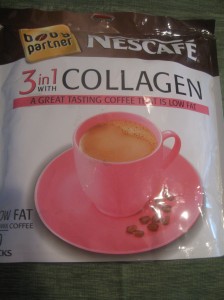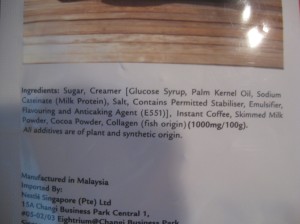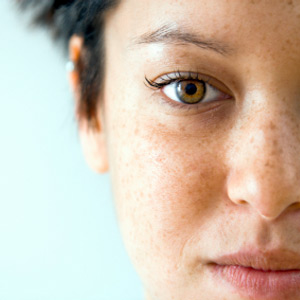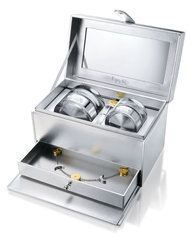There is a very simple reason why I chose to place a photo of Bob Marley at the beginning of a post on skin cancer and skin of color – Bob Marley died of melanoma at the age of 36.
The Skin Cancer Foundation has devoted a page to this subject (written by Mona Gohara, MD and Maritza Perez, MD) their website which does an excellent job at explaining the skin cancer risks that people of color face:
Caucasians are the primary victims of skin cancer. However, everyone, regardless of skin color, can fall prey to it. Unfortunately, many patients and even some physicians are under the impression that non-Caucasian people are immune to this disease. That is one reason people of color are diagnosed with skin cancer at later stages. These delays mean that skin cancers are often advanced and potentially fatal, whereas most skin cancers are curable if caught and treated in a timely manner. Tragically, this is what happened to legendary reggae musician Bob Marley: What was dismissed as a soccer injury under his toenail turned out to be an aggressive form of melanoma that ultimately caused his death at 36. Mr. Marley’s story reminds us why both medical providers and the public need to be educated about skin cancer and skin of color. …
Basal cell carcinoma is the most common skin cancer in Caucasians, Hispanics, Chinese, and Japanese Asians,8-10 and the second most common skin malignancy in African Americans and Asian Indians.8 In all races, basal cell carcinoma is usually linked to UV light exposure. Basal cell carcinomas are mainly found on body parts that receive the most sun exposure (Figure 2). A study from Howard University, Washington, DC, revealed that 89 percent of basal cell carcinomas on naturally brown skin occur on the head or neck.6 The correlation between UV light and basal cell carcinoma in darker skin types explains the relatively higher incidence of this malignancy among darker-skinned populations living in sunnier climates, such as Hispanics residing in New Mexico and Arizona.8,15
Basal cell carcinomas rarely metastasize (spread to other parts of the body). However, one study showed that when Hispanic patients develop basal cell carcinomas they are more likely to have multiple lesions either at the time of presentation or in ensuing years.16 Risk factors other than UV light for basal cell carcinoma in minority populations include previous radiation therapy, albinism (a group of genetic disorders that causes people to have a partial or total lack of melanin), trauma, burn scars (particularly among Asian Indians), other chronic scarring processes, arsenic exposure, solid organ transplantation, and genetic skin conditions.
Squamous cell carcinoma (SCC) is the most common skin malignancy among African Americans and Asian Indians, and the second most common skin cancer among Hispanics and Chinese/Japanese Asians.6,8,17-19 Information from the Singapore Cancer Registry suggests that UV light plays an appreciable role in skin cancer development among fair-skinned Asian populations,10 and a Hawaiian study revealed that the incidence of basal cell carcinoma, squamous cell carcinoma, and Bowen’s Disease (a type of squamous cell carcinoma) was at least 45 times higher in the Japanese population of Kauai, Hawaii (a sunny climate) than among the Japanese population in Japan (a temperate climate).20
UV light is not the primary risk factor for the development of squamous cell carcinoma in brown-skinned persons within the African Diaspora, and the head and neck are not the most common sites for squamous cell carcinoma. Among African Americans and native Africans, squamous cell carcinomas occur mainly on the legs, followed by the anogenital region (including both the anus and genitals) (Figure 2).6,8,21-23 Skin conditions that result in scarring or chronic inflammation, such as discoid lupus; leprosy; burn scars and non-healing skin ulcerations are the main risk factors, along with radiation therapy and physical or thermal trauma.6,8,21-23 Unlike the squamous cell carcinomas that most Caucasians develop, those occurring in people of African descent due to scarring or chronic inflammation can be aggressive, and have a higher tendency to lead to metastasis and death (Figure 3). One reason for this is, again, later detection and treatment.
Melanoma is the third most common type of skin cancer among all racial groups. Although UV light plays a role in the etiology of melanoma in Caucasians, the primary risk factor for melanoma in people of color is undetermined8, though incidence among Japanese and Hispanics residing in both Puerto Rico and South America and Hispanics residing in New Mexico have increased.8,24-26 Among African Americans and others of African descent, Asians, Hawaiians, and Native Americans, melanomas are most likely to appear in the mouth, or in the form of acral lentiginous melanoma — melanomas on the palms of the hands, soles of the feet and under the nails (as in Bob Marley’s case) (Figures 2, 4). Among fair-skinned Hispanics, evidence suggests the trunk and legs as the most likely areas of involvement, and the feet as the most common location in dark-skinned Hispanics.
Figure 4. Acral Lentiginous Melanoma in a brown-skinned patient. Other reported risk factors for melanoma in minority populations include: albinism, burn scars, radiation therapy, trauma, immunosuppression, and preexisting moles (especially on the palms/soles and mouth).
Due to delayed diagnoses and advanced stage at disease presentation, the five-year mortality rates of non-Caucasians who have melanoma are higher (in many instances significantly) than those of their Caucasian counterparts.27
The doctors conclude their article by writing:
The US Census Bureau projects that by the year 2050, 50 percent of the US population will be comprised of Hispanics, Asians, and African Americans.28 Now, more than ever, it is pivotal to raise awareness of skin cancer in people of color.
EVERYONE needs to use sun protection on a daily basis. No matter what color your skin is if you see a suspicious lesion anywhere on your body be sure to have a dermatologist look at it immediately.
Further Reading: Dark-skinned Clients Encouraged to Receive Skin Cancer Screenings Skin Inc. July, 2010



















Recent Comments